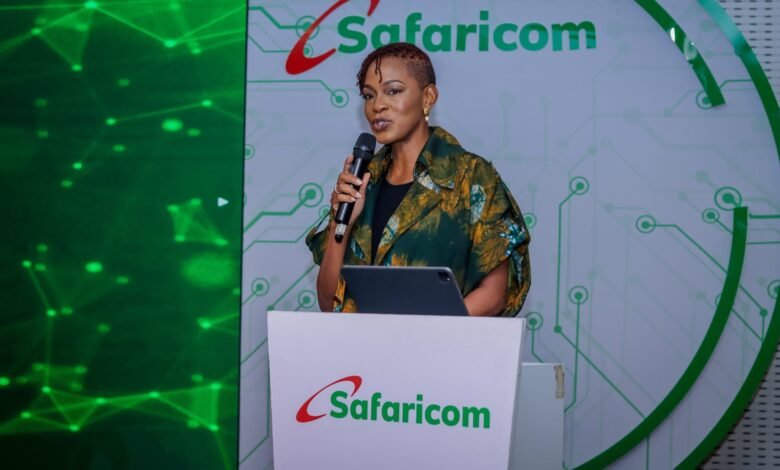
Safaricom is working to keep M-Pesa at the centre of Kenya’s digital payments, even as more transactions shift from consumer apps to backend systems used by businesses.
According to Chief Financial Services Officer Esther Waititu, about 25% of all M-Pesa transactions now run through Application Programming Interfaces (API), showing how deeply companies have integrated M-Pesa into payments, lending, logistics and public service platforms.
To live up to customers’ expectations, the telco has fully upgraded Daraja, its developer payments portal, to version 3.0, following an overhaul announced in March.
The new platform is designed for faster integrations, smoother onboarding and more reliable performance, addressing long-standing developer concerns about delays and technical friction.
“Daraja 3.0 is a gateway to the next frontier of fintech,” said Waititu.
Also Read: M-Pesa Signs Deal With Onafriq for Ethiopia Operations
Today, M-Pesa handles over 100 million transactions daily, peaking at 6,000 transactions per second (TPS). Daraja 3.0 is built to support up to 12,000 TPS, with Safaricom expecting to reach 10,000 TPS by January 2026. The ecosystem now includes more than 66,000 integrations and a developer community of over 105,000.
Globally, payment API adoption is rising at 17.5% annually, and Africa’s fintech market is expected to grow fivefold by 2028.
Safaricom says messaging APIs alone account for 36% of revenue in global marketplaces.
The rising share of API-driven transactions shows that Safaricom is no longer the sole driver of M-Pesa’s digital growth.
Developers and integrators now play a central role, making their experience, efficiency and support just as vital as Safaricom’s own internal teams.
Waititu acknowledged past challenges and said Daraja 3.0 is designed to reduce pain points and strengthen collaboration with the developer community.
“Remember our invitation to build together. Challenge us to be better and accelerate innovation,” she said.






Great breakdown! For anyone looking to streamline their workflow with AI tools, the AI Email Generator is a game-changer-tyy.AI makes it easy to find the right fit.